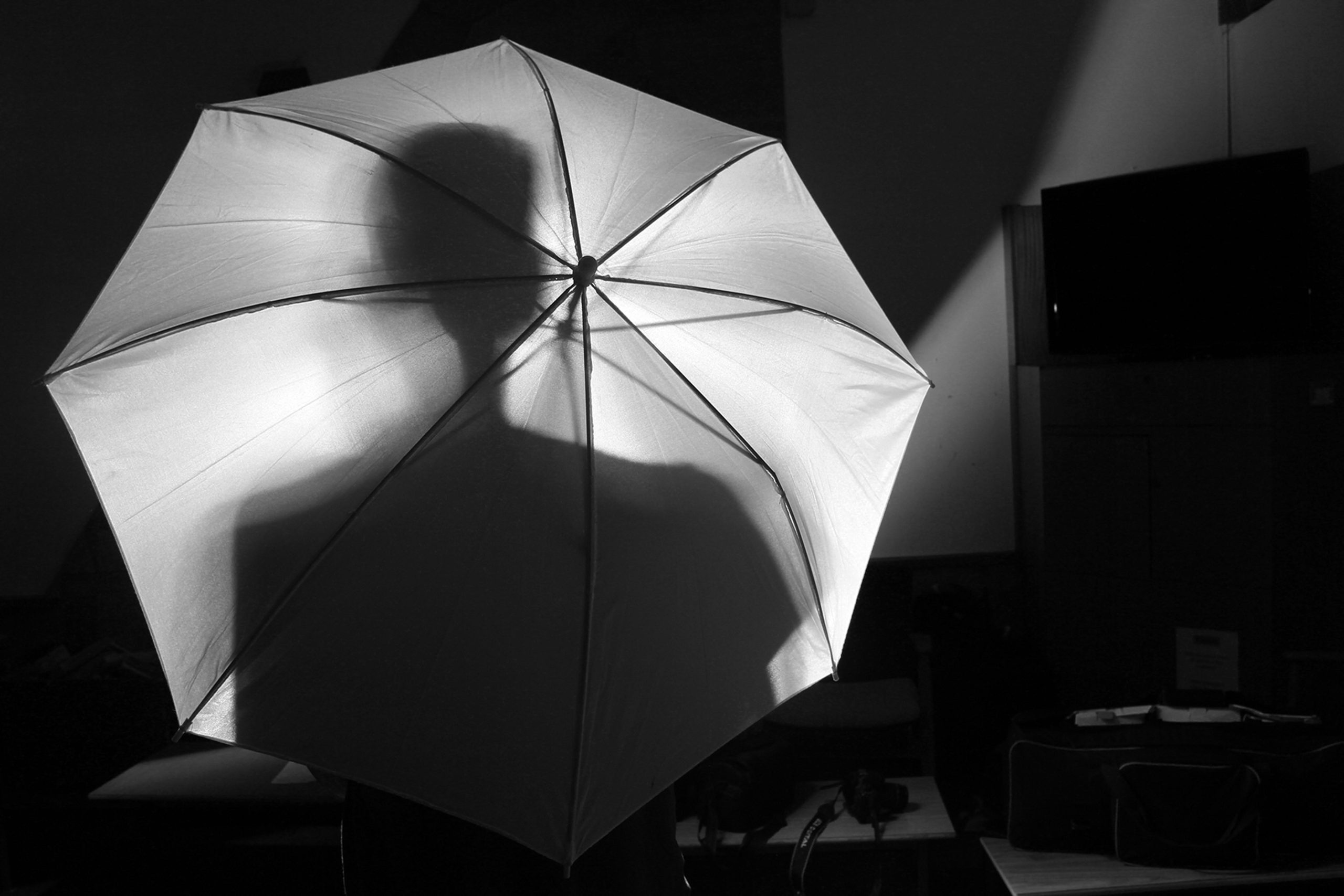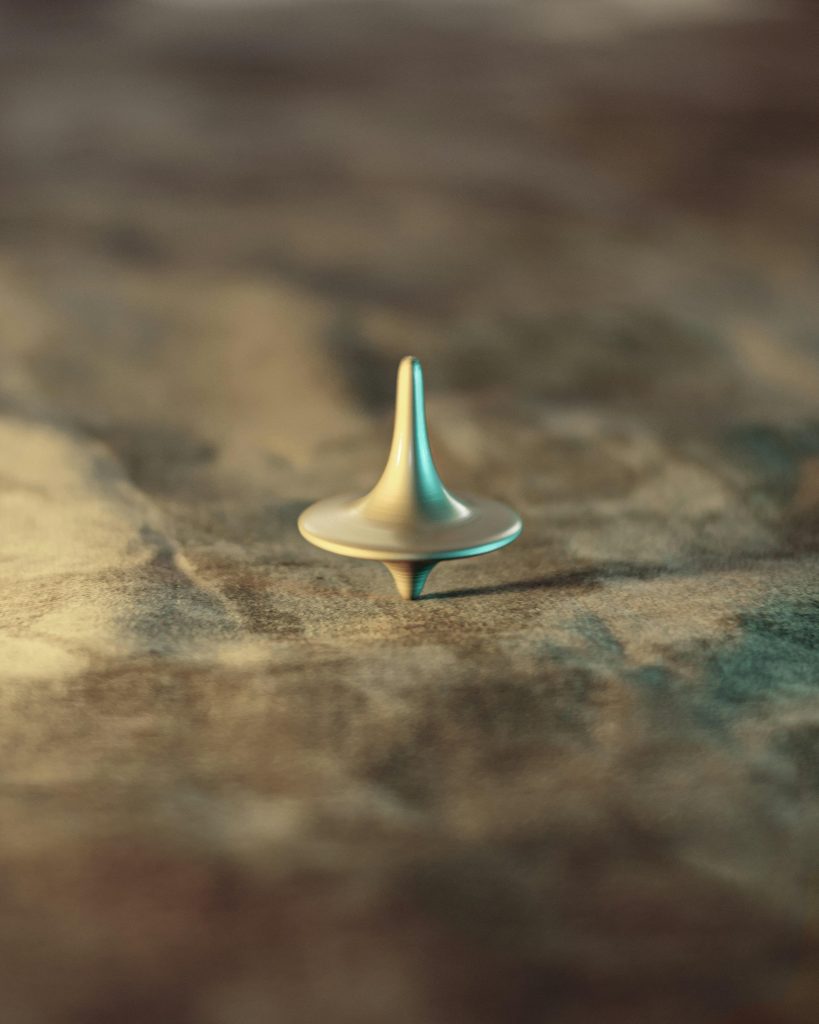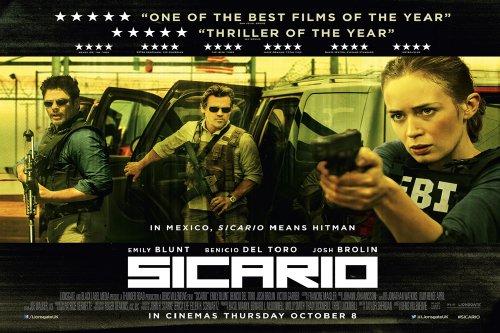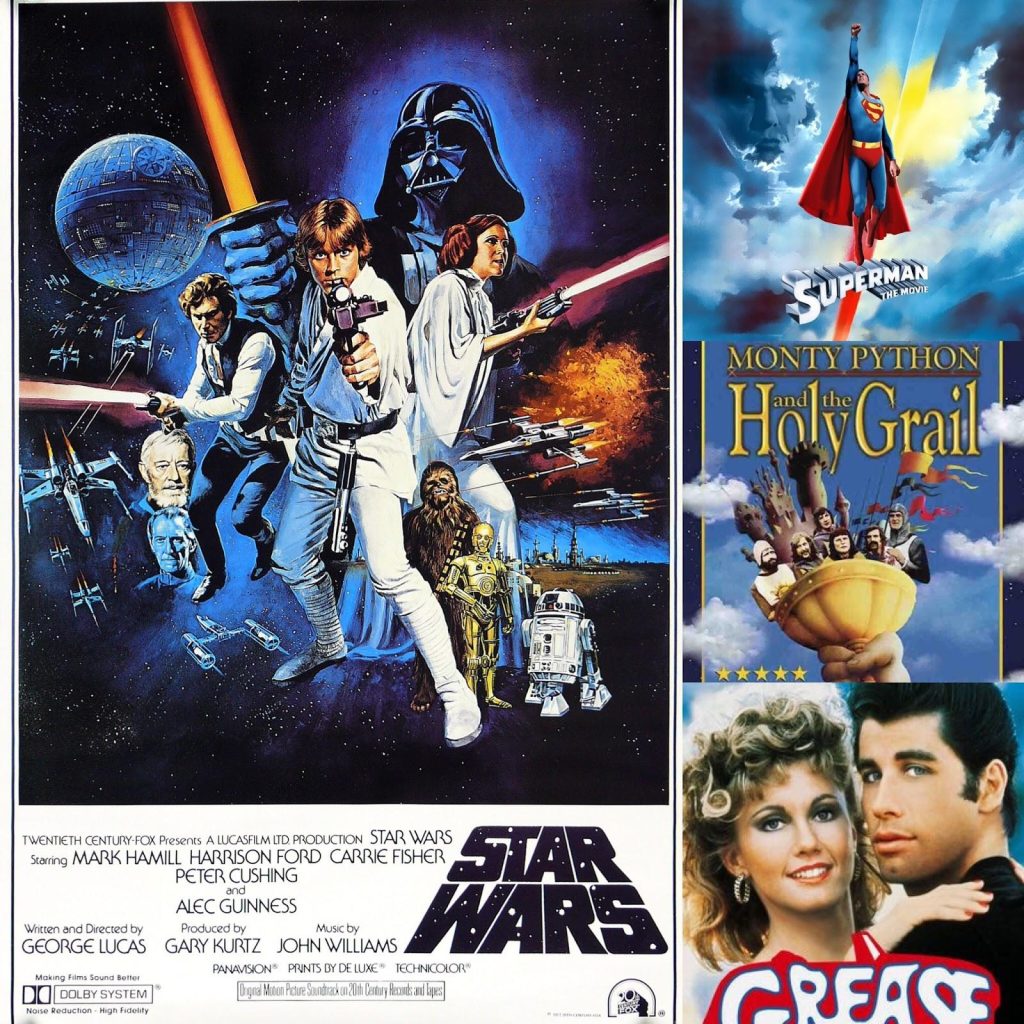In the dimly lit alleys of cinematic history, where shadows stretch long and secrets linger in the fog, a genre was born that would redefine storytelling on the silver screen. The noir classics, with their intricate plots and morally ambiguous characters, have carved a niche so profound that their echoes continue to influence modern filmmaking. These films, draped in mystery and steeped in atmosphere, not only captivated audiences with their tales of intrigue and deception but also laid the foundational blueprint for the detective film genre. Join us as we journey through the smoky haze of these timeless masterpieces, exploring the best noir classics that have indelibly shaped the landscape of detective cinema.
The birth of shadow and intrigue in early detective cinema
Emerging from the silent shadows of early cinema, the detective film genre was baptized in a chiaroscuro world where light battled with darkness, both literally and metaphorically. As audiences were first introduced to the gumshoe’s gritty universe, they were entranced by films that were both visually stunning and narratively complex. These early works laid the groundwork for the noir classics that would later captivate the silver screen, forever altering the landscape of detective storytelling.
- Expressionistic Lighting: The interplay of light and shadow became a character in itself, enhancing the mood and tension within the narrative. This artistic choice was a direct influence from German Expressionism, which directors like Fritz Lang brought to Hollywood.
- Complex Characters: Early detective films introduced morally ambiguous protagonists, challenging the clear-cut hero archetype. These characters were often flawed, haunted by their past, and driven by motives that were as murky as the shadows they navigated.
- Intricate Plots: Twisting and turning like a labyrinth, the plots were designed to keep audiences guessing. They often involved layers of deception, double-crosses, and a deep dive into the underbelly of society.
These elements not only defined the genre but also set a high bar for storytelling that continues to influence filmmakers today. was more than just a style; it was the crafting of a narrative language that spoke to the complexities of human nature and the mysteries that lurk in the dark corners of the mind.
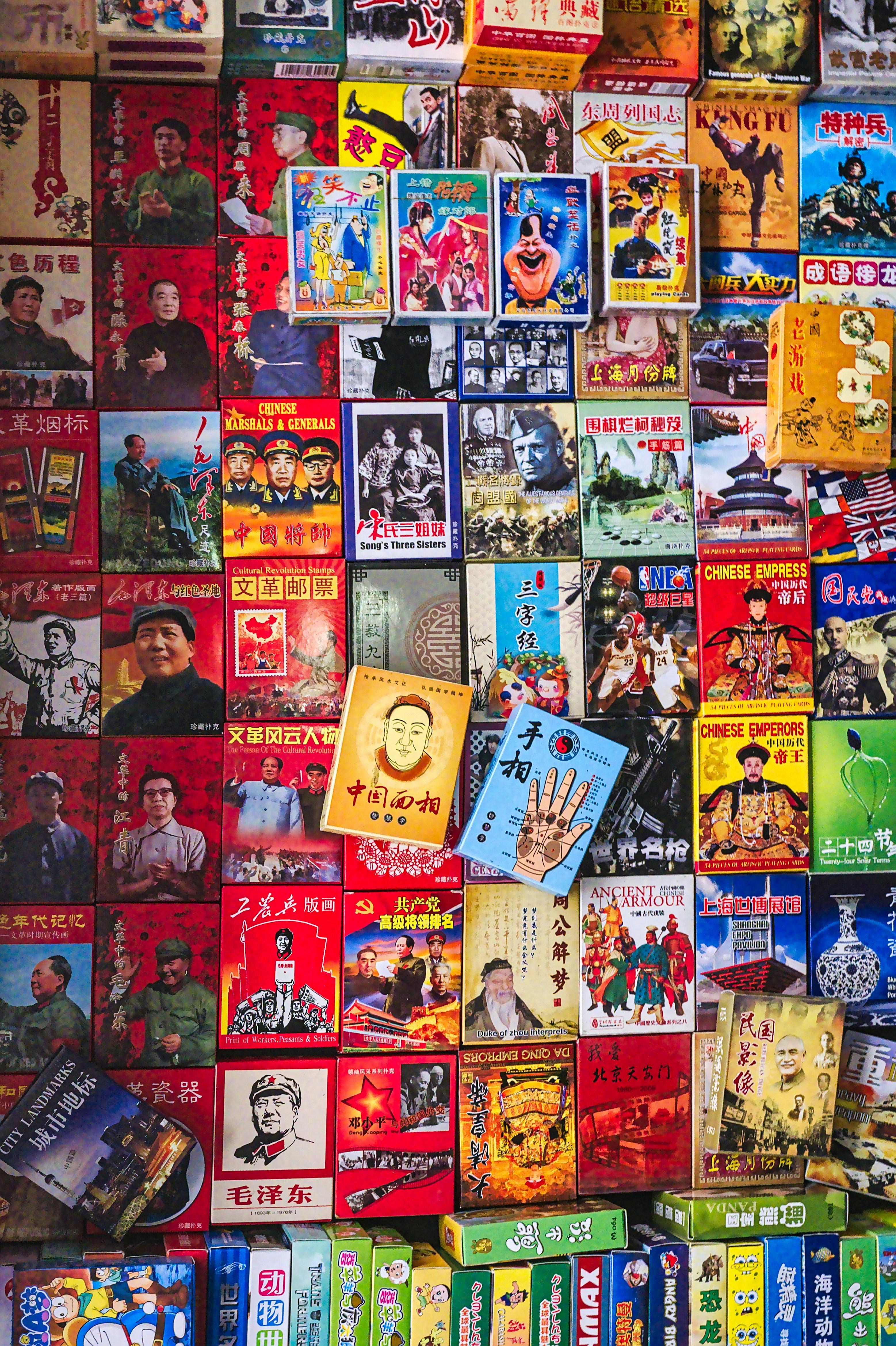
Iconic characters and their unforgettable performances
In the shadowy alleys and rain-soaked streets of classic noir films, a pantheon of iconic characters emerged, leaving indelible marks on the detective genre. Sam Spade, portrayed by Humphrey Bogart in “The Maltese Falcon,” is the quintessential hard-boiled detective, whose cynical charm and razor-sharp wit set a standard for all who followed. His cool demeanor and relentless pursuit of truth, regardless of personal cost, made Spade a timeless archetype in film noir.
- Philip Marlowe – Brought to life by actors like Humphrey Bogart and Robert Mitchum, Marlowe’s complex character, seen in films such as “The Big Sleep,” combines world-weary wisdom with a moral compass that guides him through a corrupt society.
- Mike Hammer – With a more aggressive approach, Hammer, famously portrayed by Ralph Meeker in “Kiss Me Deadly,” brings a raw intensity to the detective role, challenging the conventions of justice with his personal vendettas.
These characters, through their unforgettable performances, not only defined their films but also cemented their status as cultural icons, influencing countless iterations of the detective persona in cinema. Their stories, filled with moral ambiguity and dark intrigue, continue to captivate audiences, ensuring the legacy of noir classics endures.
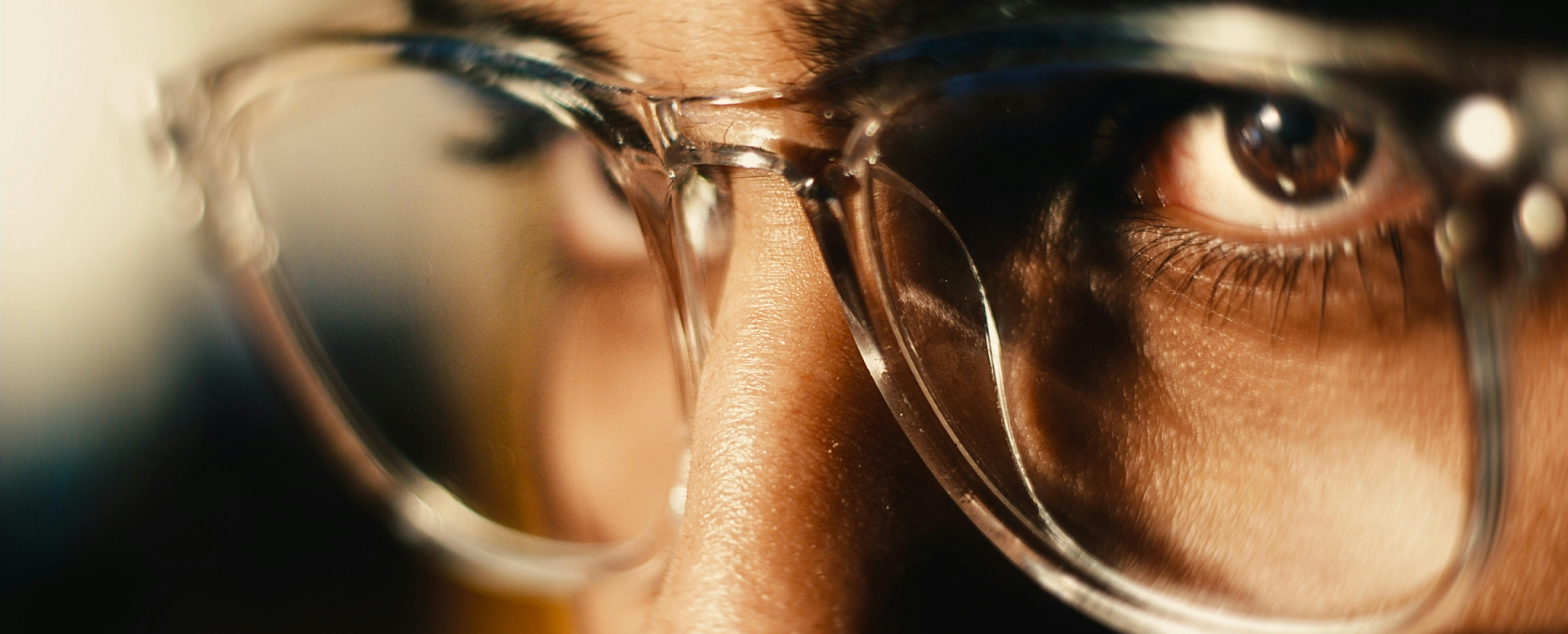
The art of suspense: cinematography and storytelling techniques
In the realm of classic detective films, the mastery of suspense through cinematography and storytelling is a testament to the noir genre’s lasting influence. These films weave intricate narratives and employ visual techniques that keep audiences on the edge of their seats. From the stark contrasts of light and shadow to the meticulous framing of shots, each element serves to enhance the tension and mystery inherent in these stories.
- Lighting: The use of chiaroscuro, a technique that plays with light and darkness, is a hallmark of noir films. This creates an atmosphere of ambiguity and foreboding, reflecting the complex moral landscapes navigated by the protagonists.
- Camera Angles: Low-angle shots often depict power dynamics, while high-angle shots can evoke vulnerability. These deliberate choices in perspective immerse the audience in the psychological depth of the narrative.
- Plot Structure: Non-linear storytelling, flashbacks, and unreliable narrators are tools that add layers of intrigue, compelling viewers to piece together the puzzle alongside the detective.
These techniques, coupled with sharp dialogue and complex characters, have not only defined the noir genre but also laid the groundwork for modern detective films. The art of suspense in these classics continues to captivate and inspire filmmakers and audiences alike.
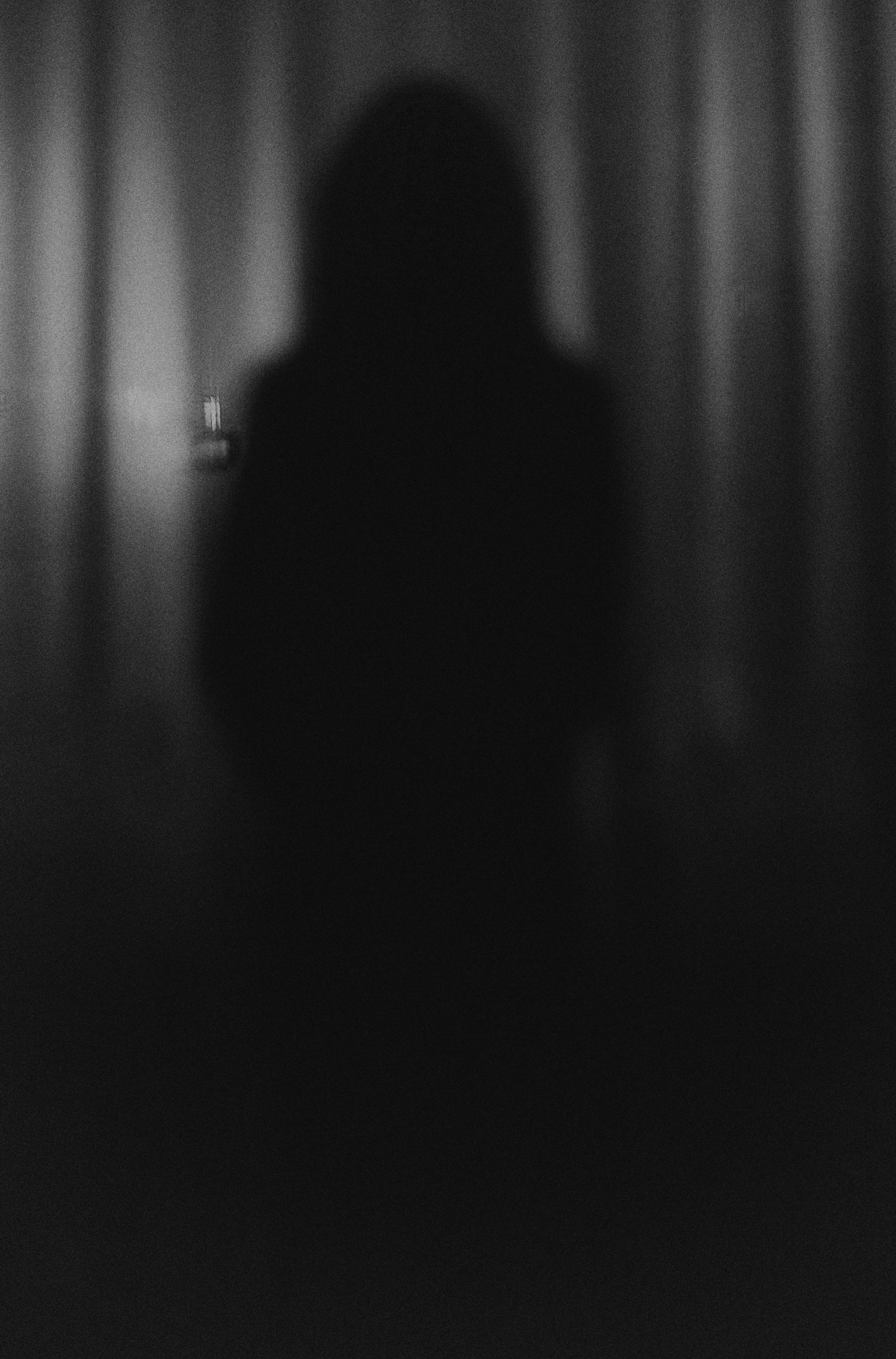
Timeless recommendations: must-watch noir classics
Delving into the shadowy alleys of film noir, one uncovers a trove of cinematic gems that have defined and redefined the detective genre. These films not only encapsulate the essence of suspense and mystery but also serve as a testament to storytelling that remains influential today. Among the titans of this genre, a few stand out for their unparalleled artistry and narrative depth.
- “The Maltese Falcon” (1941): This masterpiece, directed by John Huston, is a quintessential example of noir, weaving a tale of greed and betrayal that keeps viewers on the edge of their seats.
- “Double Indemnity” (1944): Billy Wilder’s classic, with its sharp dialogue and intricate plot, offers a thrilling exploration of deception and desire.
- “Touch of Evil” (1958): Orson Welles’ audacious direction and innovative cinematography make this film a must-watch, with its iconic opening sequence setting the tone for a gripping narrative.
- “Chinatown” (1974): A later addition to the noir canon, Roman Polanski’s film blends traditional noir elements with a modern twist, offering a profound commentary on power and corruption.
These films, with their compelling characters and moody atmospheres, are more than just entertainment; they are cultural landmarks that continue to inspire filmmakers and captivate audiences worldwide.

